Wolves are mesmerizing creatures, often romanticized for their loyalty and intelligence. But beneath their striking appearance lies a set of traits that make them some of the most effective predators in the animal kingdom. Their hunting skills, physical prowess, and teamwork have allowed them to dominate ecosystems for centuries. Here are 13 dangerous traits in wolves that highlight their ferocity and precision as apex predators.
1. Exceptional Teamwork
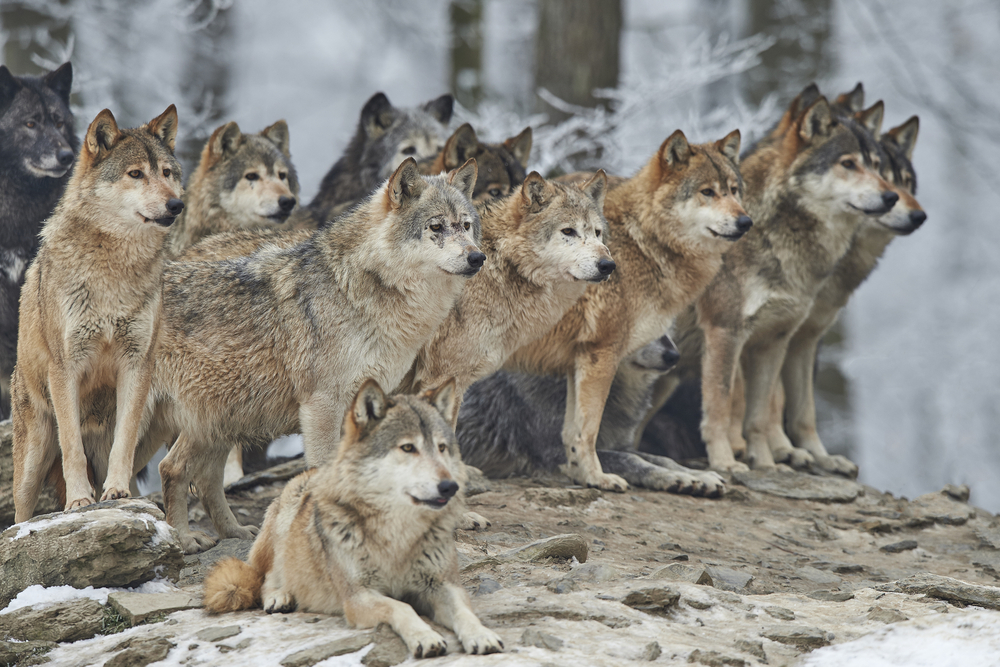
Wolves are pack animals, and their ability to work together is key to their hunting success. Each member has a role, from chasing prey to cutting off escape routes. Their coordinated strategy allows them to take down animals much larger than themselves, like elk or moose. This teamwork is unparalleled in the animal world and makes them a formidable force.
2. Superior Stamina
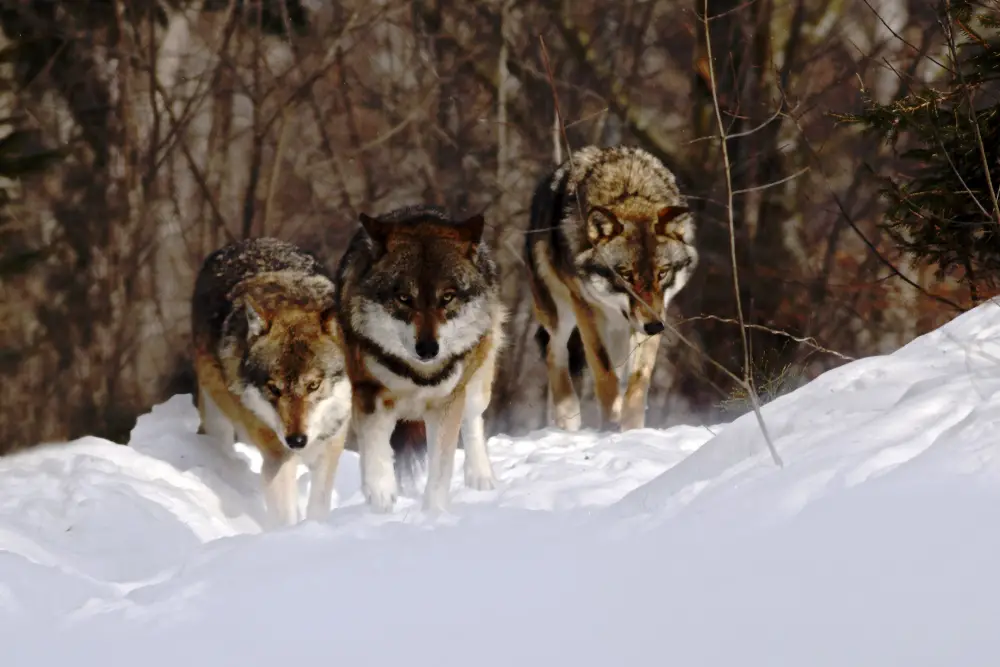
Wolves are built for endurance, capable of traveling up to 50 miles a day in search of food. Their lean bodies and efficient gait allow them to cover vast distances without tiring. This stamina means they can outlast their prey, chasing them until exhaustion sets in, making it nearly impossible for the target to escape.
3. Razor-Sharp Teeth
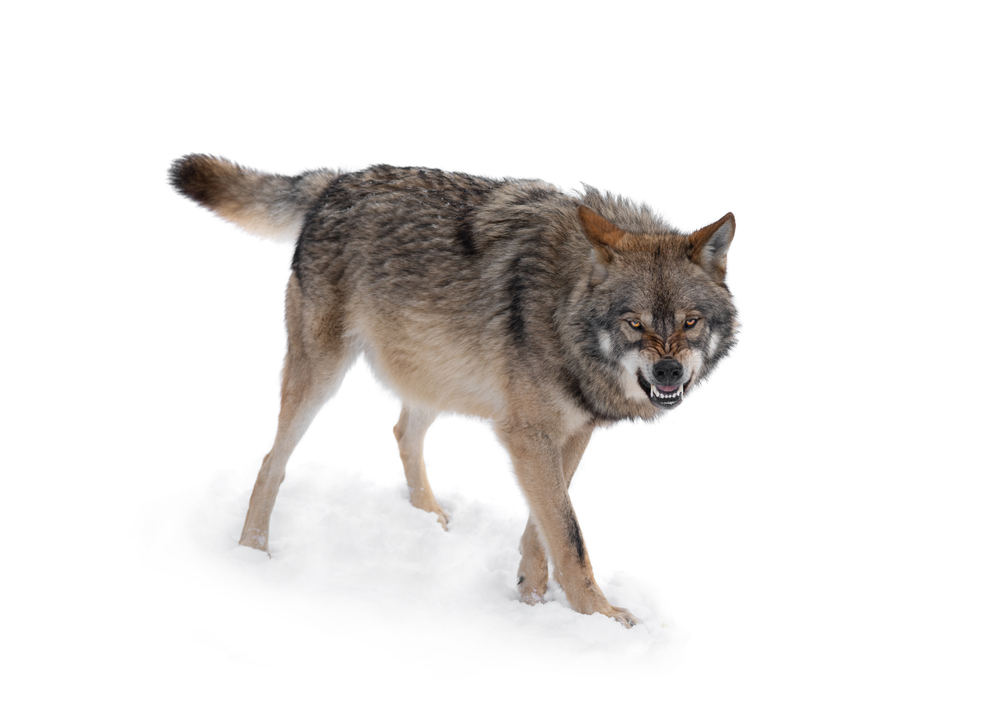
A wolf’s teeth are its most dangerous weapon. With 42 razor-sharp teeth, including long canines designed for tearing flesh, wolves can deliver a bite that’s strong enough to crush bone. Their teeth are perfectly adapted for both hunting and consuming prey, allowing them to efficiently take down and devour their targets.
4. Powerful Bite Force
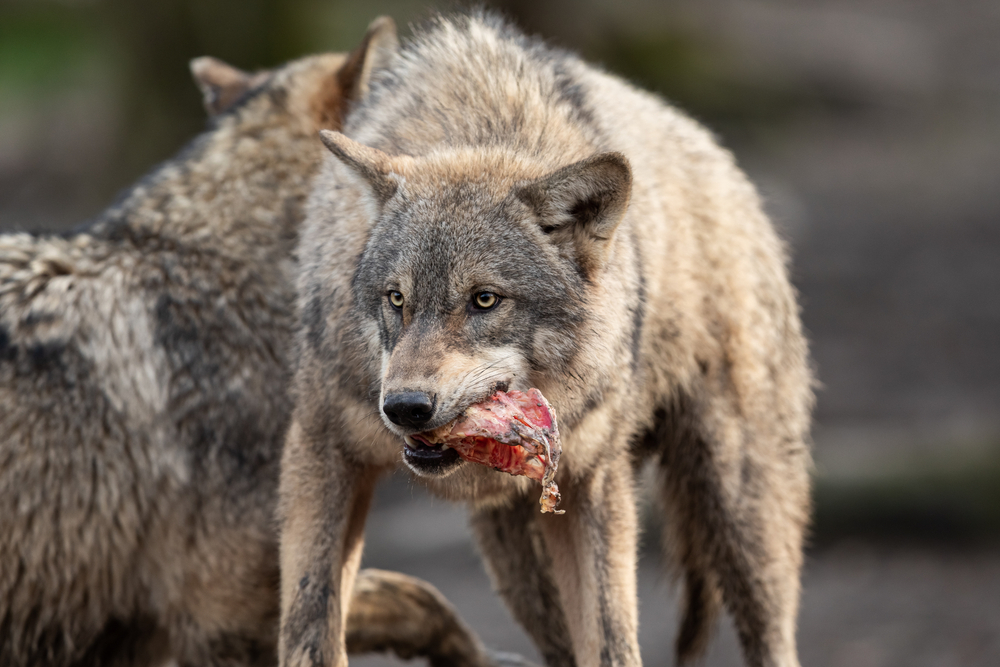
A wolf’s bite packs a punch with a force of approximately 400 pounds per square inch. This immense power allows them to crush bones and immobilize prey quickly. The combination of sharp teeth and an incredibly strong bite ensures that once a wolf sinks its teeth in, it’s game over for the victim.
5. Acute Sense of Smell
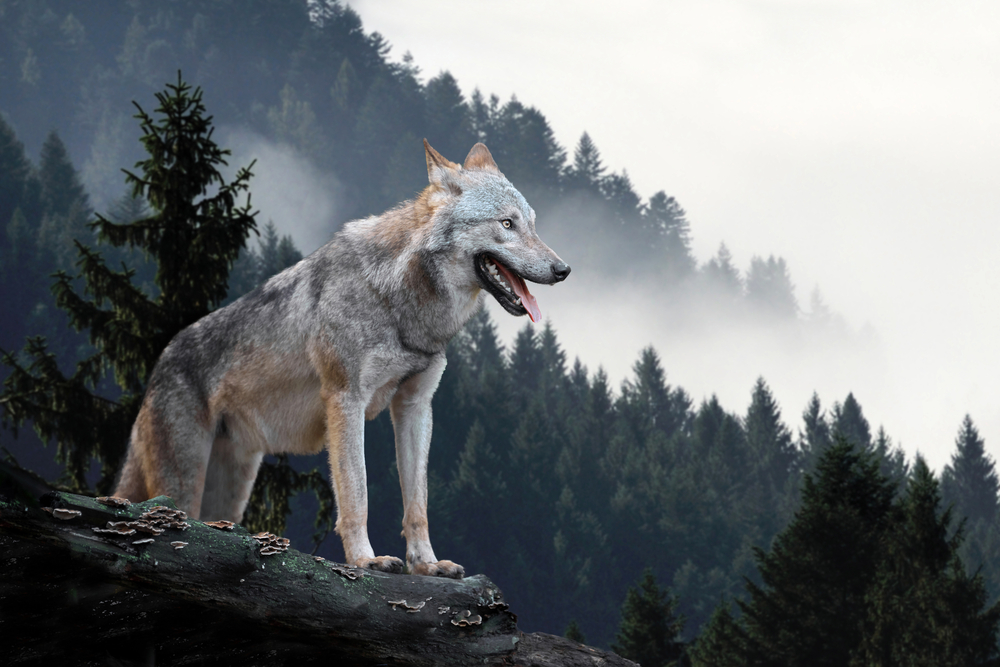
A wolf’s sense of smell is 100 times more powerful than a human’s. They can detect prey from miles away, even under snow or dense foliage. This heightened olfactory ability enables them to track animals over long distances, giving them a critical advantage in locating and closing in on their targets.
6. Stealthy Movement
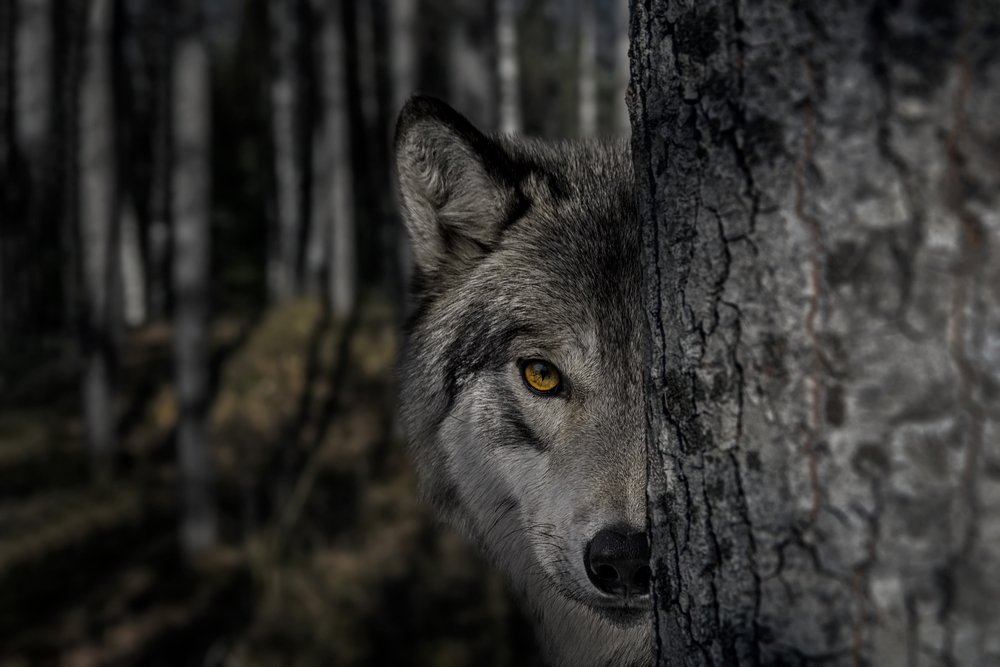
Despite their size, wolves are incredibly quiet and stealthy when hunting. Their padded paws allow them to move silently through various terrains, from snow to dense forests. This stealth ensures they can get dangerously close to their prey before launching an attack, reducing the chances of escape.
7. Keen Night Vision

Wolves are primarily nocturnal hunters, and their excellent night vision gives them a significant edge. Their eyes are adapted to low light, allowing them to see clearly during the night. This trait makes them particularly dangerous, as they can hunt effectively when their prey is at its most vulnerable.
8. Highly Intelligent
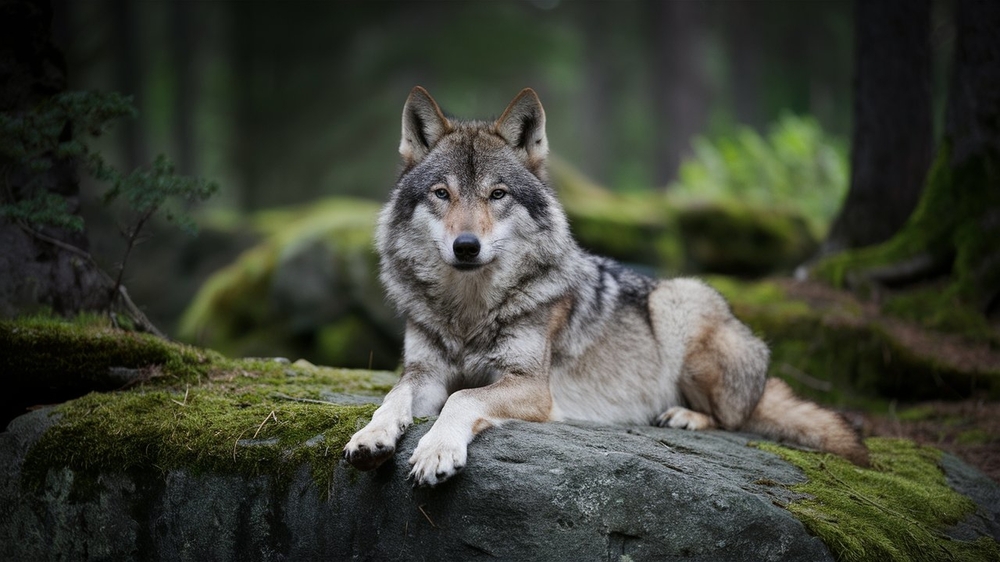
Wolves are among the most intelligent predators, capable of analyzing situations and adapting their strategies on the fly. They can recognize patterns in prey behavior and adjust their approach accordingly. This intelligence makes them unpredictable and incredibly efficient hunters, outsmarting prey with ease.
9. Incredible Speed
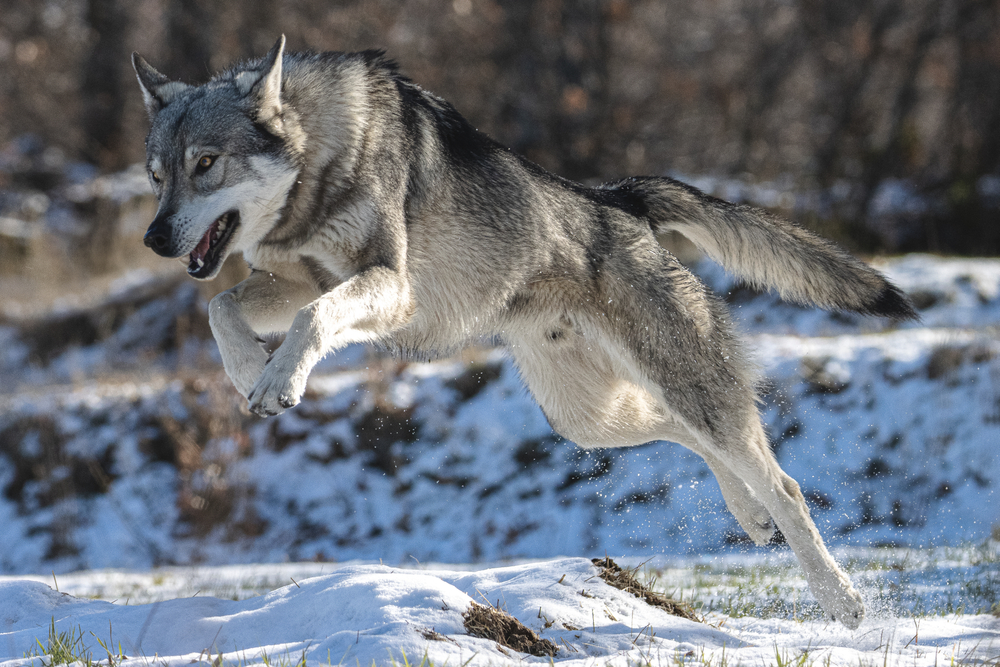
Wolves can reach speeds of up to 40 miles per hour during a chase. While they may not sustain this speed for long, it’s enough to close in on fleeing prey in short bursts. Combined with their stamina, this speed makes it nearly impossible for prey to outrun them once targeted.
10. Strong Social Bonds
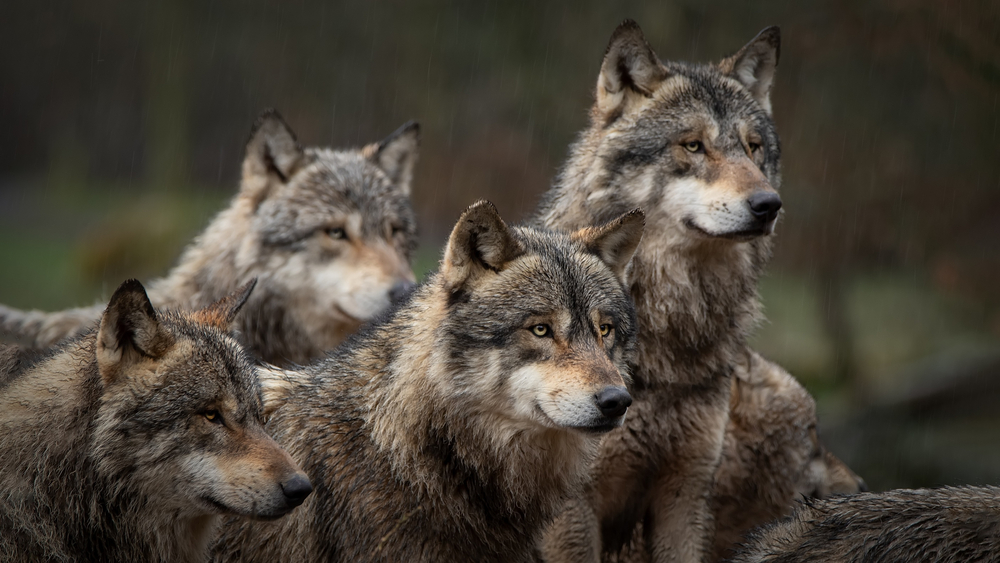
Wolves’ social structure strengthens their hunting capabilities. Their deep loyalty to the pack ensures they work together seamlessly. Injured or weaker wolves are supported, and the pack’s cohesion allows them to take on challenges that individual predators couldn’t handle. This bond makes them a unified and powerful force.
11. Tactical Hunting Strategies
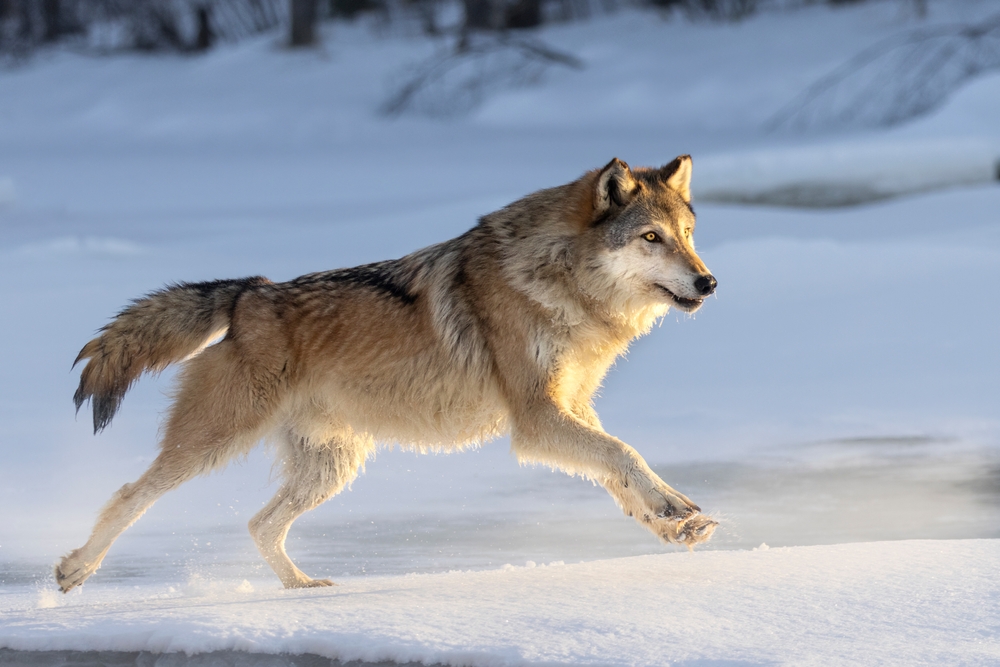
Wolves use sophisticated hunting strategies, often testing prey for weakness before committing to an attack. They might isolate the sick, old, or young from a herd, ensuring an easier kill. Their ability to strategize and execute complex plans makes them one of nature’s most efficient predators.
12. Fearless Tenacity
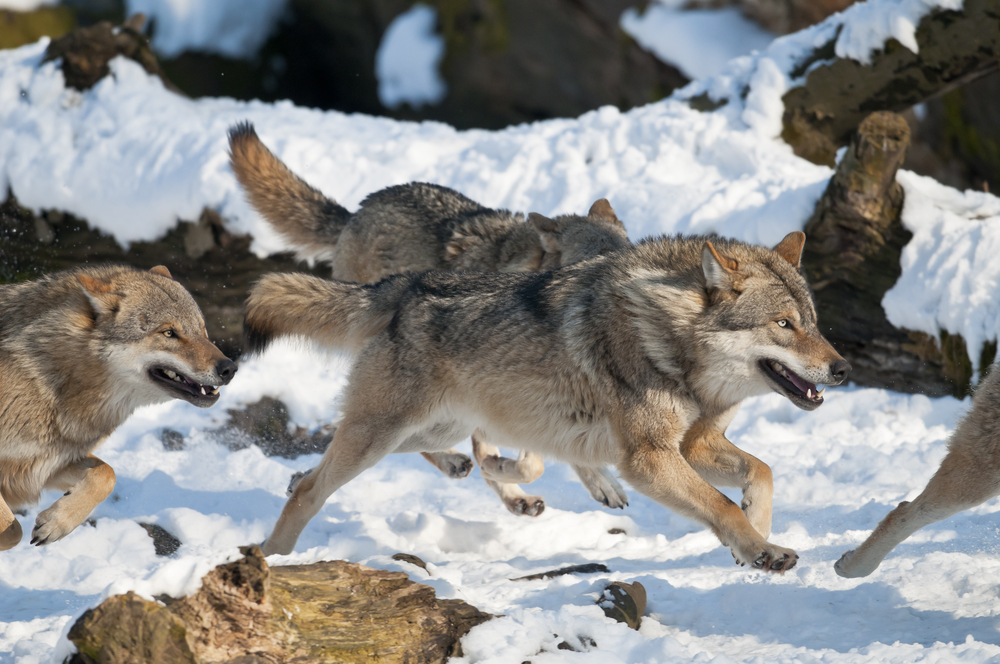
Wolves are known for their courage, often taking on prey much larger than themselves, like bison or moose. Their fearlessness, combined with their teamwork and tactical approach, ensures they can succeed against formidable opponents. This tenacity also means they won’t back down easily, even when faced with a challenge.
13. Adaptability

Wolves thrive in a variety of environments, from icy tundras to dense forests. Their ability to adapt to different terrains and climates makes them resilient hunters. Whether they’re stalking prey in snowy landscapes or chasing through open plains, wolves adjust their tactics to suit their surroundings.
